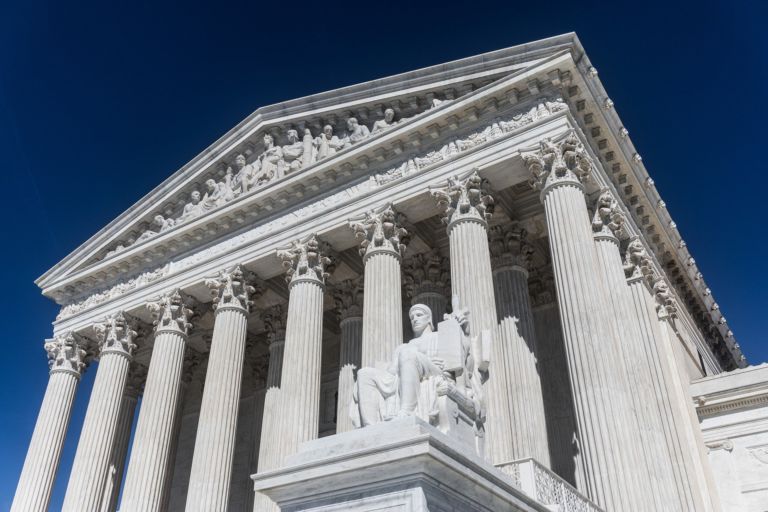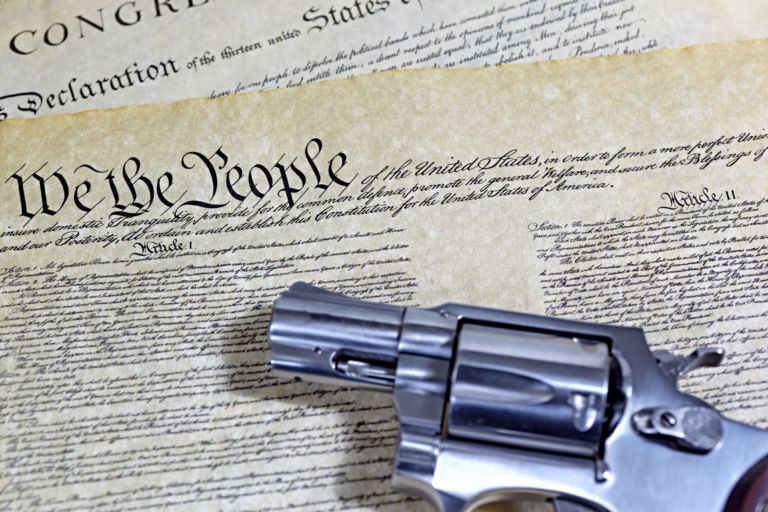Rich Lowry of National Review Online explains how San Francisco government helped create the city’s current crime wave with bad public policy.
It ought to be possible to operate a retail store in one of America’s largest and most iconic cities, but this most basic commercial proposition is in doubt in San Francisco.
The erstwhile Golden City is beset by an ongoing tide of theft that is closing down retail locations and demonstrating again the city’s unwillingness to govern itself.
Cities around the country dub themselves “the capital” of this or that signature product: artichokes in Castroville, Calif.; earmuffs in Farmington, Maine; spinach in Alma, Ark.; fried chicken in Barberton, Ohio.
San Francisco, and the larger Bay Area, could now easily claim the title of Shoplifting Capital of the U.S.A., should it want the honor.
The viral video of brazen thefts has become one of the city’s most influential cultural exports. …
… These aren’t episodic crimes. Walgreens says that its San Francisco stores experience a level of theft five times the national average. As a consequence, the chain has been steadily closing locations. …
… The shoplifting problem represents a deliberate choice rather than an unstoppable tide. Modern societies long ago figured out how to maintain civil order such that law-abiding people could buy and sell goods without being systematically preyed on by thieves. It’s just that the Bay Area has chosen to forget.
California adopted Proposition 47 in 2014 that made thefts of $950 or less a misdemeanor. Once people realized that they were unlikely to be arrested or prosecuted for stealing less than $1,000, they, of course, responded to the incentive. For their part, the stores advise employees not to interfere with shoplifters, lest they get hurt. Many crimes don’t even go reported.
And so, it is open season for people to take whatever they want.


